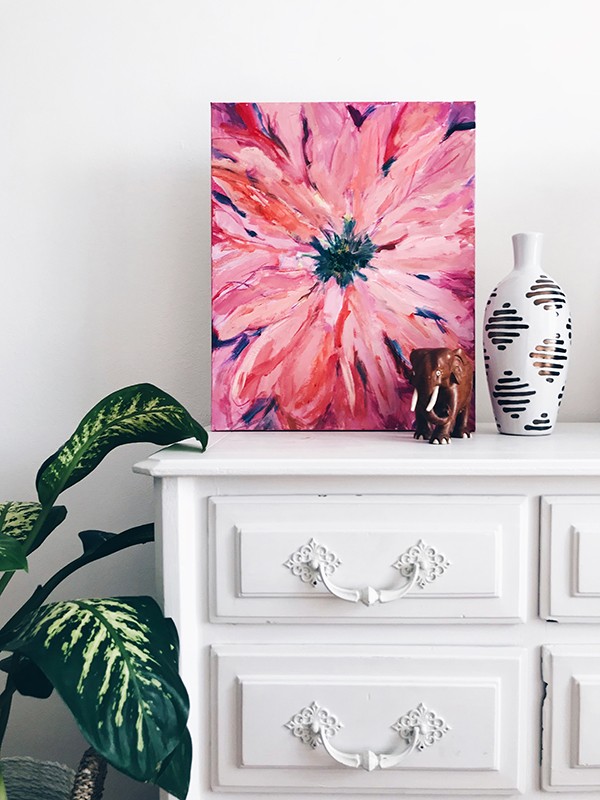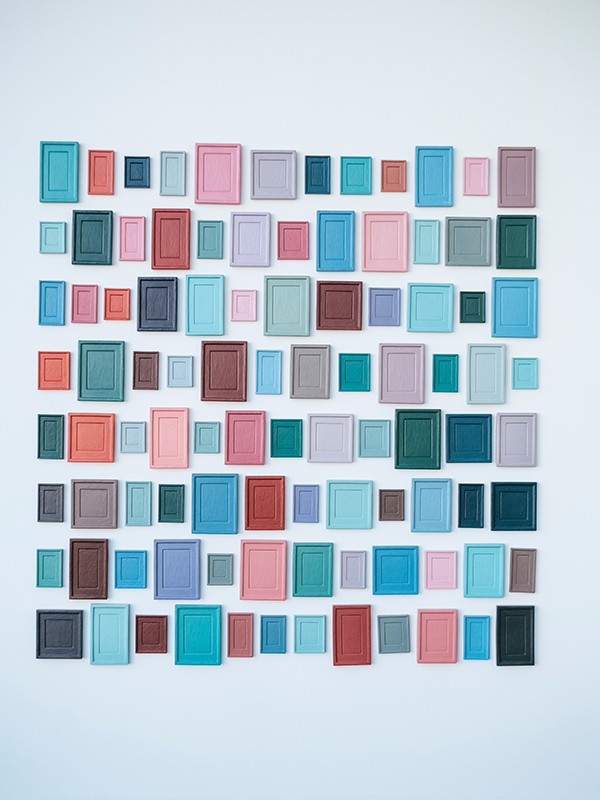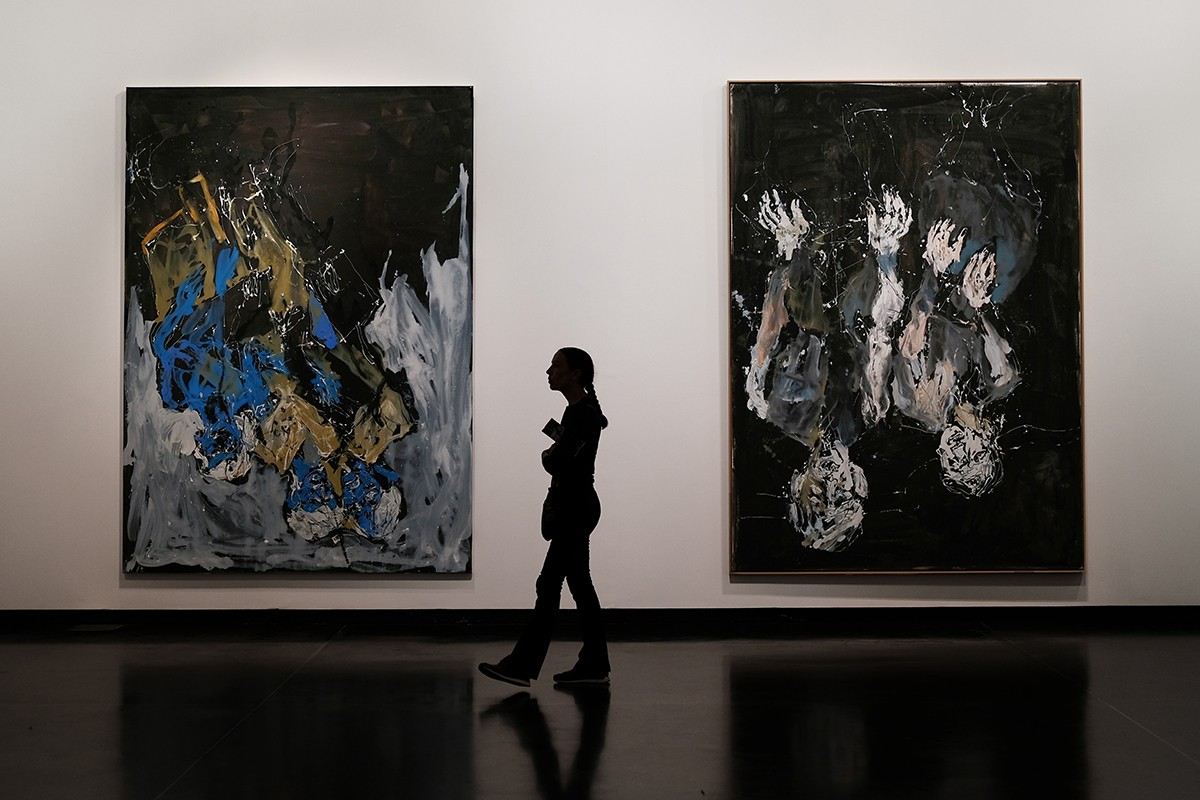What’s the first thing you see on your Netflix or YouTube homepage? Netflix and YouTube often recommend content based off of our whole online interactions. Technology has been kind enough to have all these listening tools that refine our online experience. Our Netflix or YouTube algorithm says a lot about everything we do on the world wide web. Fortunately for us, with the way these systems work, we can find a pattern to follow when it comes to picking the right pieces to include in our art collection. While it’s normal to get lost in the beginning, here are some helpful tips on how to know the piece before you are perfect for your collection.
Know Yourself
Finding the perfect artwork for a collection is as if staring at their reflection on the mirror. It’s everything one represents—the advocacies, the idea, its inspiration, and motivation. Not only does it invoke all the right feelings but it also fits the purpose of the collection in the first place. So take your time standing in front of that artwork, staring and pondering what it actually means. There’s really no right or wrong answers to this one as everything can only be answered by the spectator and would-be collector that is you—a subjective introspection or an intuitive realization. These, though, may only be answered once you’ve understood a certain topic you’re passionate about, the artist who also tackles the same thing with his or her art, or simply the medium that allows these thrills to be delivered to the spectator.
The art world flourishes with many different styles and movements left and right and whichever way you look one always differs from the other. Some art appeals more with its monotonous silence and some with its loud vivid colors. Either way, it’s the overall aesthetic that matters and a big part of that is where the collection would be placed which would most likely be your home. Fitting your collection with your house’s theme could easily resolve this part of the puzzle. Want a pop of color in a monochromatic room? Need to a little bit of mood in a Scandinavian setting? Perhaps a work that would perfectly match that marble wall. Fitting in a piece to the theme of a room or the house, in general, would most likely ease its aesthetic the way it did to you in that gallery wall.
Look & Feel
Whether we like it or not, emotions play a huge role in every person’s decision-making process. With most art appealing through its psychological effect to the human mind, it is—without a doubt—a powerful tool in refining your art preferences. Take your time to stop and stare; allow yourself to feel and from there begin dissecting which art appeals to you most. Do you like the life that breathes through realism or the chaos of abstraction? All these, though, may only be possible if you look at enough art. It’s limitless.
There are hundreds of thousands of galleries all over the world, not including the many museums built on basically every city or district. Most collectors would tell you to expose yourself to as much art as possible. You can do so by starting with local galleries and museums. There will most likely be a new show every two weeks to every month. There’s really no rush in exploring the art world (literally) but it would also be helpful to go beyond the local borders and visit other countries. Not only one can explore the landscape of the art industry in other countries but also immerse in their culture. Museums should also always be on your list. Learning about art history can be a good foundation in finding your preference. Understanding this may help a future collector be more critical when picking his/her first artwork. It could boost their analytical proficiency with regard to how they view an artwork.
But traveling may not be an option for everyone which is completely understandable. A lot of people would rather come back home and get a good night’s sleep. Here’s where the convenience of the internet comes in. Instagram alone is a powerful tool in exploring the art world without having to get up from your couch, not to mention, a lot of websites provide images and information from various shows as well. This will save you some time and also gives you the edge for information right at the tip of your fingers.
Consult & Consider
The first thing that would come into any collector’s mind is an art adviser. To pay a professional to help you build your future collection is a great step towards what could be the perfect collection but before diving into this investment, there could be other options out there that would be, most likely, free of charge—a cup of coffee may go a long way. We all have that one friend that you’d like to share and exchange your opinions with. Going to exhibition openings and exploring museums and galleries can build a network to help you through your journey. Once you enter a gallery, you’ll have gallerists, curators, or representatives to tell you about each artist, the quality of their works, and most probably their status in the industry but just because these words come from experts themselves doesn’t mean you always have to listen.
When you listen, do it with caution. Take everything with a grain of salt, especially that galleries too have to make a profit and would do everything they can to make a sale. While not all galleries do this, it’s still best to decide on what moves you. How an artwork affects you—either at first sight or after understanding its story and meaning—would make a lot more sense for your collection. Don’t let opinions hinder what you see or dictate what you feel. After all, it is the collection of your building; all these are for you—from the pleasure of your eyes to a statement you’d like to make. What others say may not matter at this point.
Keep An Open Mind
“Taste is not to conform to the art, but the art to the taste,” English essayist, poet, playwright, and politician Joseph Addison once said. I say, there's an interdependent relationship between taste and art that collectors observe. For future collectors, it’s very normal not to know what you want right away. Your taste is refined by the art you see and like time, it is shaped in ways you may or may not have imagined. Today, you may be into hyperrealism but in a few years or so, abstracts may get in the way of your hyperrealist collection. In between these developments in your taste, art conforming to your taste takes place—just like how any normal collection is built upon. If you imagine it up on your wall alongside all the other pieces of your collection, you’ll most likely want to have it up there as soon as possible.
One’s evolution will always be non-linear and it’s alright if you realize along the way how it has changed. The more you continue to search for new discoveries and learn about art, the further your taste changes and develops. So, keep your eyes and mind open for all the wonderful things you are to discover in your journey as a collector. There will be a lot of unexpected encounters that will change the way you see some works forever.






